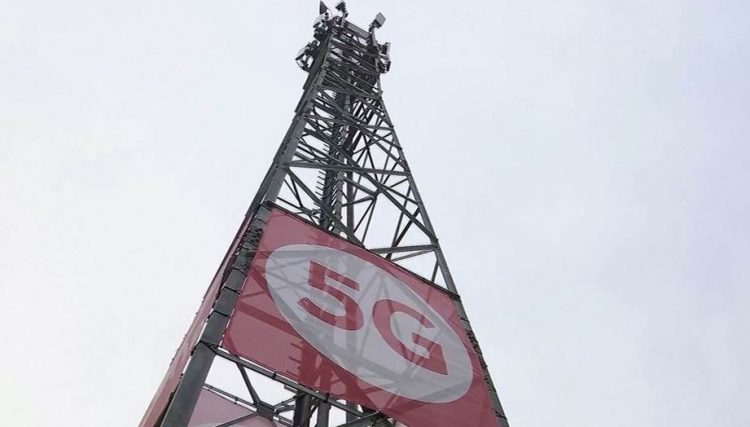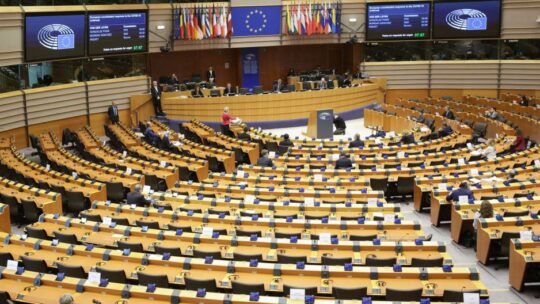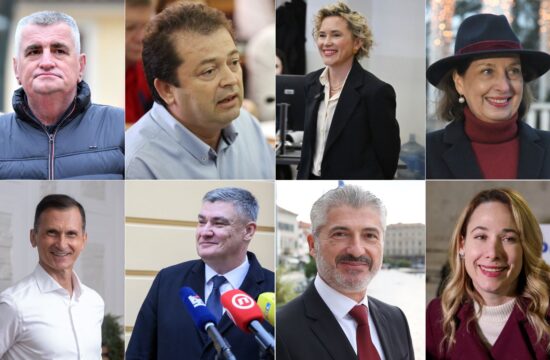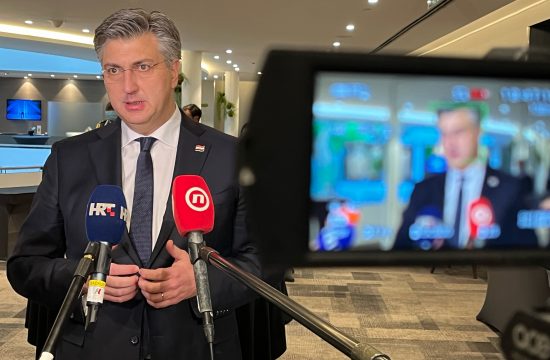
Since the summer of 2021, when licenses for the 5G frequency range were issued, the area covered with this technology expanded to 60-70 percent of Croatia's territory, state agency Hina said on Wednesday, citing state regulator Hakom.
A new auction is “being prepared” for the existing frequencies, to be held in early 2023, Hakom official, Tonko Obuljen, said. Obuljen was speaking at the third 5G Day event, an annual event organized by Hakom, after a two-year break caused by the coronavirus pandemic.
“A lot has happened in the past two years. Frequencies were awarded, and a new auction is being prepared for the existing frequencies, for which licenses expire in 2024, and we want telecommunication companies to have time to prepare,” Obuljen told state agency Hina.
He noted that it was still difficult to assess how much money the new auction would bring to the state budget, adding that considering that most of the spectrum would be awarded at the national level, he expected all telecoms to participate.
HAKOM is glad about the development of the electronic communications market and 5G, which will certainly contribute to improving Croatia’s position on Europe’s digital map and with regard to the EU’s DESI index on the degree of digitalisation, he said.
Obuljen noted that various startups developing solutions based on 5G technology would be presented at 5G Day, adding that some of the startups that had attended the first 5G Day had developed their business and many were operating around the world.
One of them is Rimac Automobili, which today presented its visions and products, in which connectivity at high 5G speeds plays a major role.
“In five-six years we expect a boom in 5G services and solutions, which are applicable in all areas of life and work, notably transport, car industry, healthcare and medicine, energy and all other sectors,” Obuljen said.
As for the situation on the market and expectations this year, Obuljen said that the market was constantly growing even though no longer in leaps because all telecoms offered convergent services and invested much, but that despite market saturation, growth was expected this year as well.
Hakom director Miran Gosta said that prices on the telecommunications market would have to grow as well because of rising input costs, with telecoms being particularly concerned about electricity price increases. He added that it was difficult to say how much and when those prices would go up.





Kakvo je tvoje mišljenje o ovome?
Budi prvi koji će ostaviti komentar!